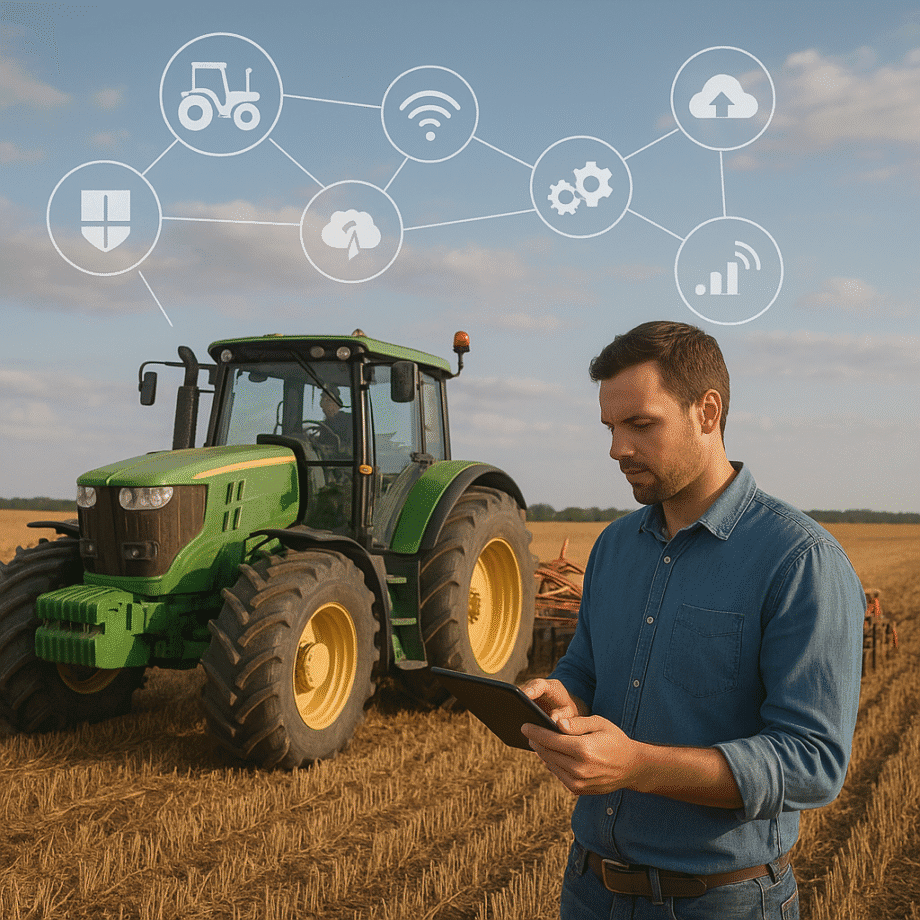The integration of IoT into agricultural machinery has ushered in a new era of productivity and sustainability. Modern farmers rely on connected equipment to monitor crops, optimize resource usage, and react swiftly to changing conditions. By embedding sensors and connectivity modules into tractors, harvesters, and irrigation systems, manufacturers have transformed conventional tools into intelligent companions, capable of delivering actionable insights in real time.
Enhancing Traditional Machinery with IoT
Legacy agricultural equipment often lacked the means to communicate vital metrics beyond basic fuel levels or engine hours. Today, retrofitting or designing machines with embedded data collection systems enables tracking parameters such as soil moisture, machine health, and environmental conditions. This evolution leads to more accurate decision-making in planting, fertilization, and harvesting tasks.
Real-time Monitoring and Control
By integrating GPS modules and wireless modules, farmers can visualize field maps and machine locations through cloud-based dashboards. Such precision-guided operations allow auto-steering of tractors along optimal paths, reducing overlap and preventing crop damage. Real-time alerts on component wear or abnormal vibrations help operators intervene before breakdowns occur, minimizing downtime.
Smart Maintenance and Durability
Predictive maintenance powered by IoT analytics can forecast when components will fail, based on vibration analysis and temperature readings. Instead of adhering to fixed maintenance intervals, service schedules adapt dynamically to actual usage patterns. This approach conserves spare parts, lowers labor costs, and extends the lifespan of key mechanical assemblies.
Core Technologies Revolutionizing the Field
Several groundbreaking technologies work in harmony to elevate agricultural machinery performance. Each element plays a crucial role in creating a fully connected ecosystem across farms of all sizes.
- Sensors: Soil probes measure moisture, pH, and nutrient levels at multiple depths.
- Connectivity: Cellular, LoRaWAN, and satellite links ensure robust communication even in remote areas.
- Analytics: Cloud platforms process terabytes of data to identify trends and deliver recommendations.
- Edge computing: On-board processors analyze critical data locally to reduce latency.
- Predictive algorithms: Machine learning models anticipate yield variations, pest outbreaks, and equipment failures.
- Energy harvesting: Solar panels and kinetic generators power sensors and communication units.
Synergy among these components empowers farmers to automate irrigation schedules, adjust seeding depth on the fly, and calibrate fertilizer spread rates with unparalleled accuracy.
Advantages and Hurdles of Implementing IoT
The benefits of integrating IoT into agricultural machinery span improved resource management, higher crop yields, and reduced environmental impact. Yet, embracing this transformation requires overcoming technological, financial, and organizational challenges.
- Efficiency Gains: Automated operations minimize waste of water, fuel, and agrochemicals, boosting profitability.
- Automation: Self-driving tractors and robotic harvesters reduce labor dependency and operational risks.
- Data Security: Encryption methods must protect sensitive farm data from unauthorized access.
- Connectivity Gaps: Remote fields may face intermittent network coverage, necessitating hybrid communication strategies.
- Upfront Costs: Investment in smart machinery and digital platforms can strain budgets for small-scale growers.
- Integration Complexity: Legacy equipment compatibility and standardization issues can slow deployment.
Overcoming these obstacles often involves partnering with technology providers, applying for government subsidies, or organizing cooperative purchasing among community farmers.
Looking Ahead: Future Trends
The trajectory of IoT-enhanced agricultural machinery points toward even more sophisticated and interconnected systems. Ongoing research and development promise breakthroughs that will further optimize farm management and sustainability.
Integration with AI and Robotics
Combining analytics with advanced robotics will enable machines to make autonomous decisions on the ground. Drones equipped with multispectral cameras can scout large fields, feed real-time imagery to AI engines, and dispatch ground robots to address weeds or pests precisely where they occur.
Digital Twins and Virtual Simulations
Creating a digital twin of agricultural machinery and the fields they operate in allows virtual testing of different planting patterns, irrigation regimes, and harvest strategies before applying them in reality. This predictive modeling enhances risk management and strengthens resilience against extreme weather events.
Blockchain for Supply Chain Transparency
Embedding IoT data streams into a blockchain ledger can trace each stage of crop cultivation and machinery maintenance, ensuring full transparency. Consumers gain visibility into production methods, while producers establish trust and command premium prices for sustainably grown produce.
Sustainable Energy Integration
Future smart machines will leverage renewable energy sources more extensively. Solar panels mounted on equipment roofs, kinetic energy recovery during braking, and biofuel-compatible engines will reduce the carbon footprint of farm operations, aligning with global sustainability goals.
By harnessing the power of connectivity, sophisticated data management, and machine intelligence, the agricultural machinery industry stands on the brink of a revolution that promises to feed a growing population while preserving natural resources for generations to come.
